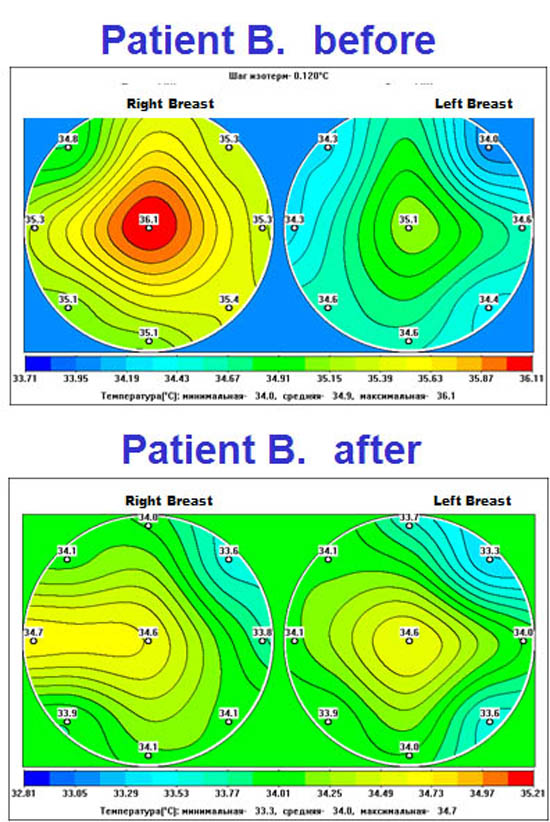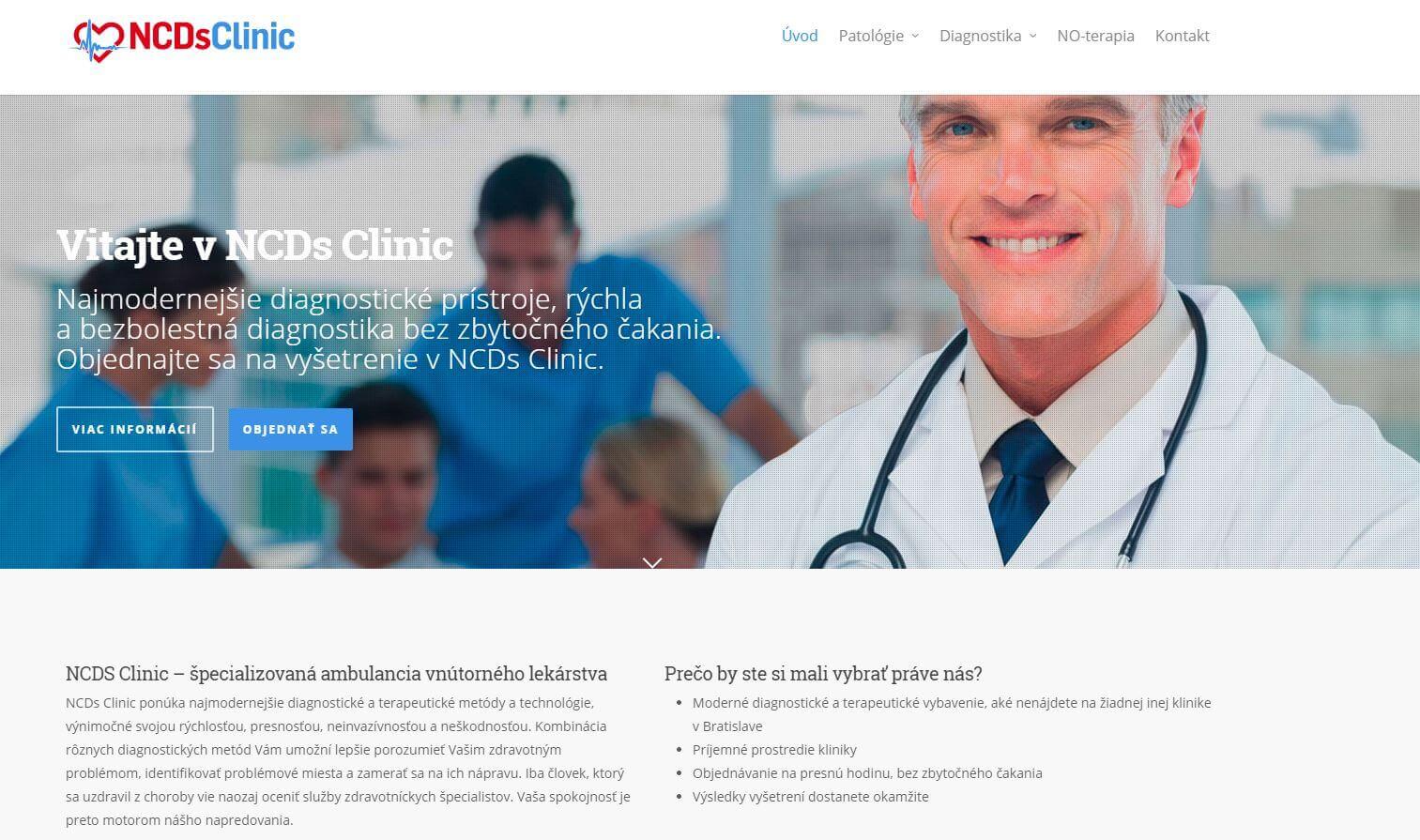Medical devices
search
news
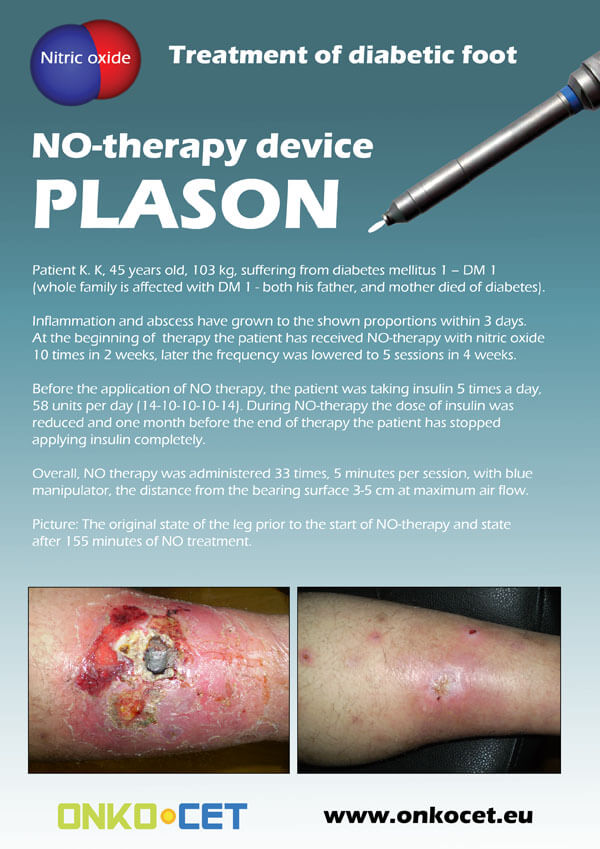
The PDF with the short report with pictures from the therapy of a diabetic foot can be viewed or downloaded here.
The pictures from the treatment of unhealing wounds an be found here:
http://www.onkocet.eu/en/produkty-detail/220/1/
The pictures from the treatment of unhealing wounds an be found here:
http://www.onkocet.eu/en/produkty-detail/293/1/
ONKOCET Ltd. has exhibited the devices from its portfolio on the MEDTEC UK exhibition in Birmingham, April 2011 through our partner Medical & Partners.
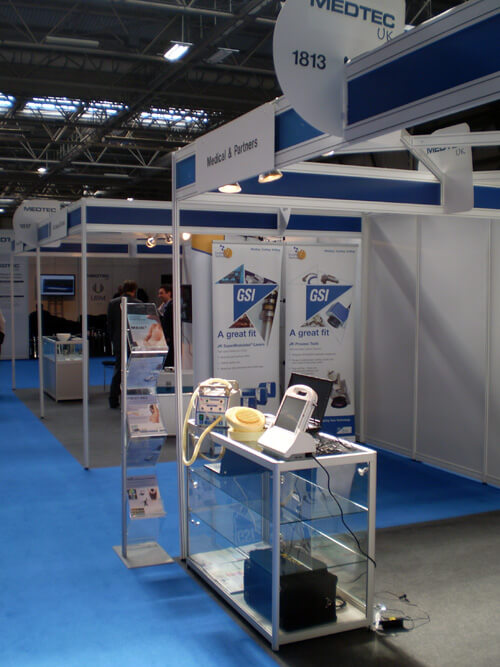
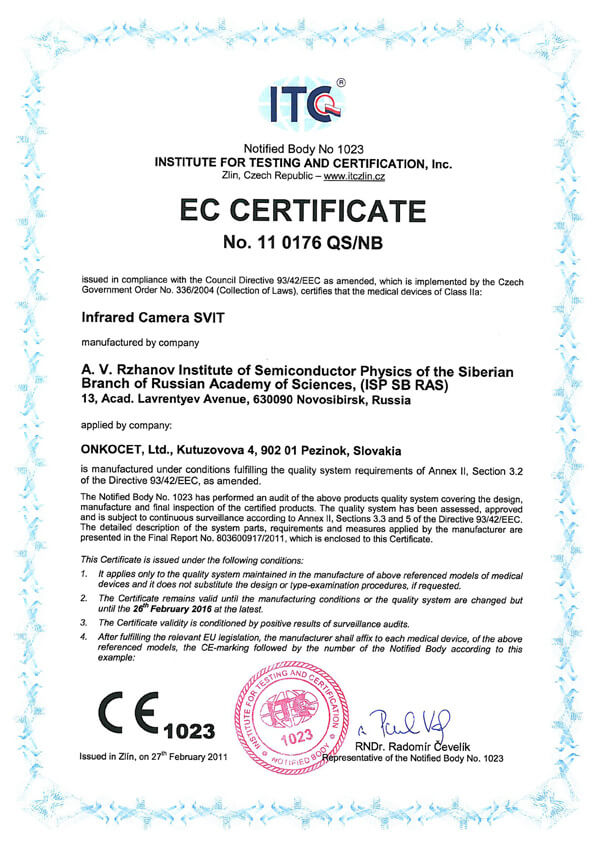 The ONKOCET company has successfully reached the certification of yet another medical device, Infrared Camera SVIT. The Certificate can be found here. The videos from the device operation can be found here.
The ONKOCET company has successfully reached the certification of yet another medical device, Infrared Camera SVIT. The Certificate can be found here. The videos from the device operation can be found here.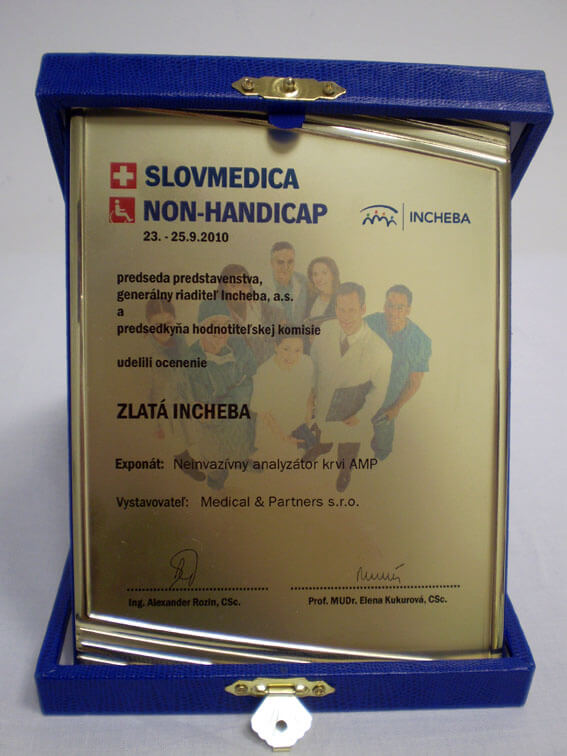 Our device, the non-invasive blood analyzer AMP has won the Golden Incheba prize at a medical exhibition SLOVMEDICA - NON-HANDICAP 2010. A big thank you goes to the organizers of the exhibition for acknowledging the quality of our device and to the exhibitor, the Medical & Partners company, for introduction of the AMP device to the medical public again.
Our device, the non-invasive blood analyzer AMP has won the Golden Incheba prize at a medical exhibition SLOVMEDICA - NON-HANDICAP 2010. A big thank you goes to the organizers of the exhibition for acknowledging the quality of our device and to the exhibitor, the Medical & Partners company, for introduction of the AMP device to the medical public again.We are pleased to inform our business partners, that our company has succesfully finished the certification process of Concor Soft Contact Lenses.
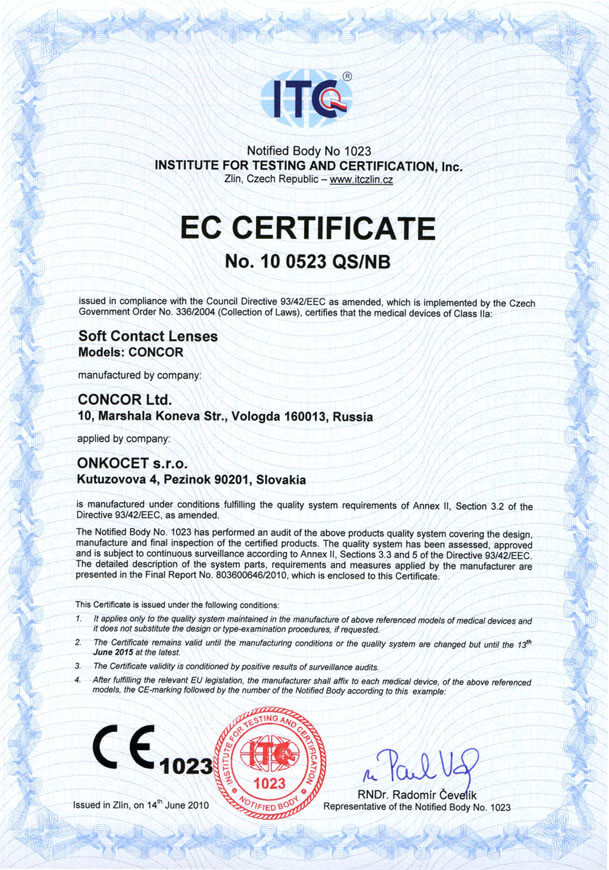 You can find the certificate here.
You can find the certificate here.More information on Concor Soft Contact Lenses go to section Medical preparations/Concor soft contact lenses, or follow this link.
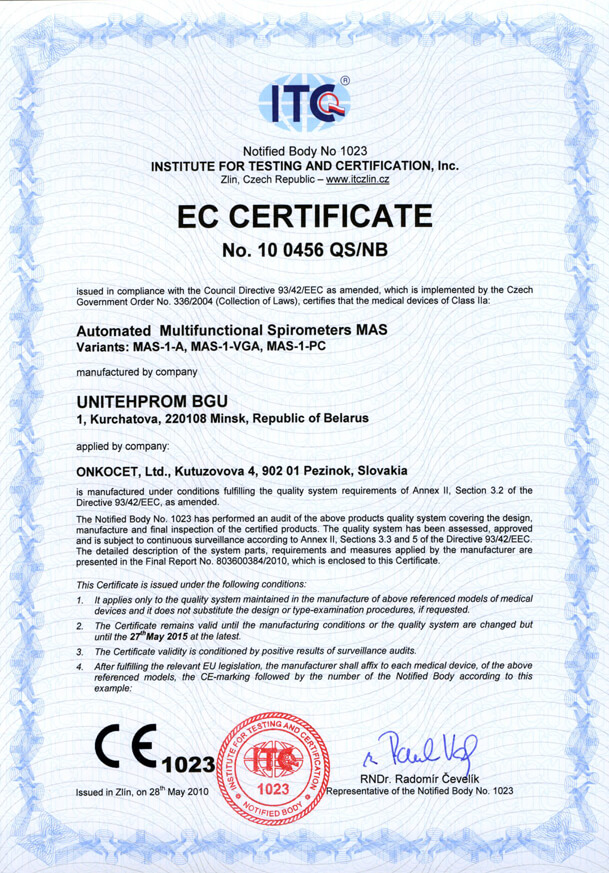 Our company has finished the certification process for another medical device, computerized spirometer MAS-1K with oximeter. You can find the device certificate here.
Our company has finished the certification process for another medical device, computerized spirometer MAS-1K with oximeter. You can find the device certificate here..jpg) Since May 2010 there is a new version of AMP device available.
Since May 2010 there is a new version of AMP device available.Follow this link if you want to see the pictures and specifications of the device.
http://www.onkocet.eu/en/produkty-detail/293/1/
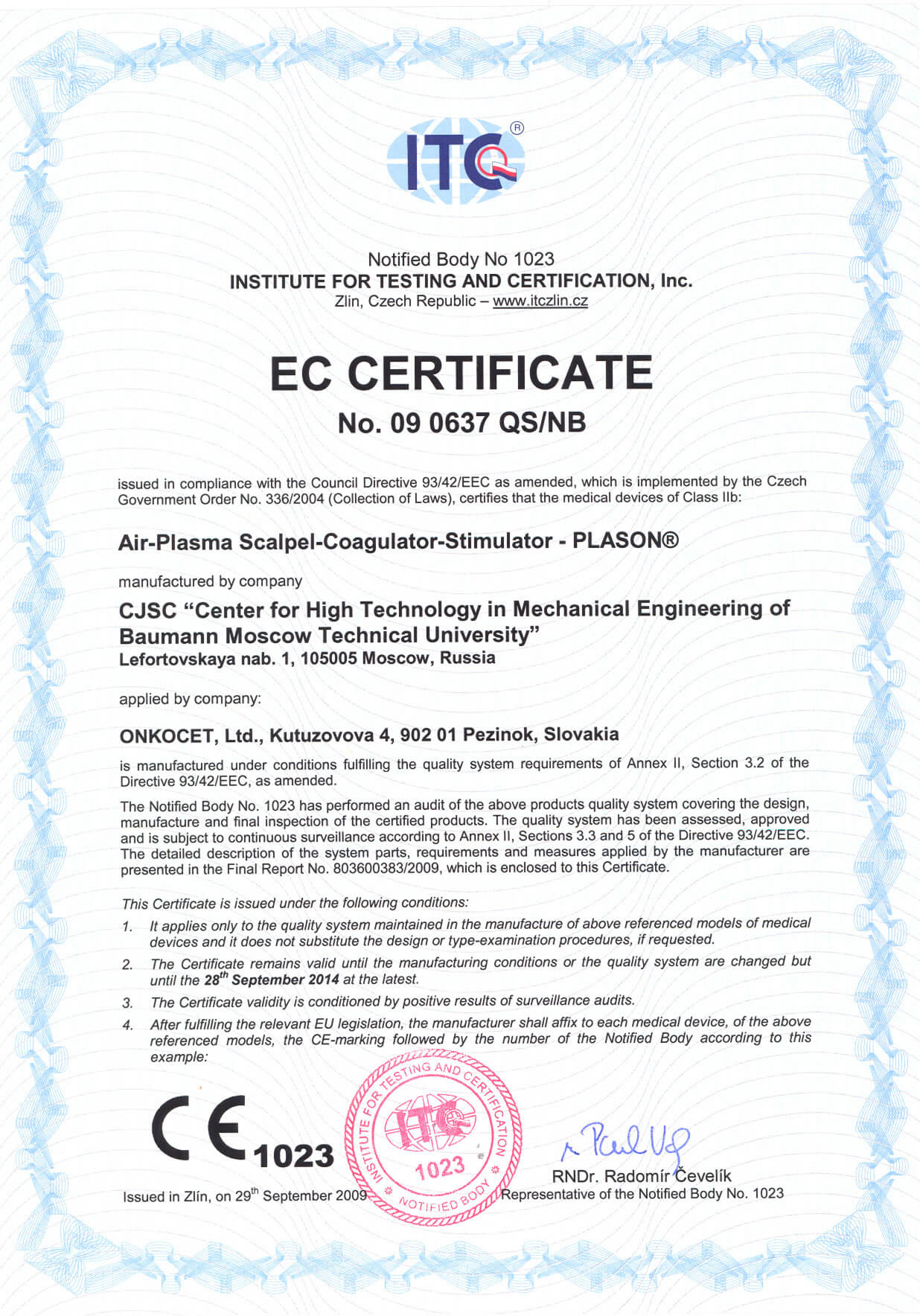 Dear partners,
Dear partners, In October 2009 we have received CE certificate for another device from our portfolio, NO therapeutical device PLASON. You can find more information about this revolutionary device, used for healing of unhealing wounds, diabetic foot, or for cosmetical purposes, at our webpage, section "Medical devices" -> PLASON-NO Therapy.
.gif)
Best regards
Team of ONKOCET Ltd. company
Microwave breast scan system
Microwave Radiometry 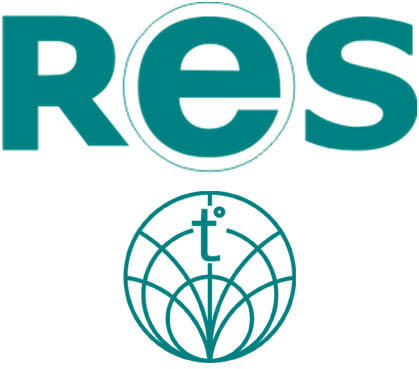
Microwave Breast Scan System
Multiorgan Scan system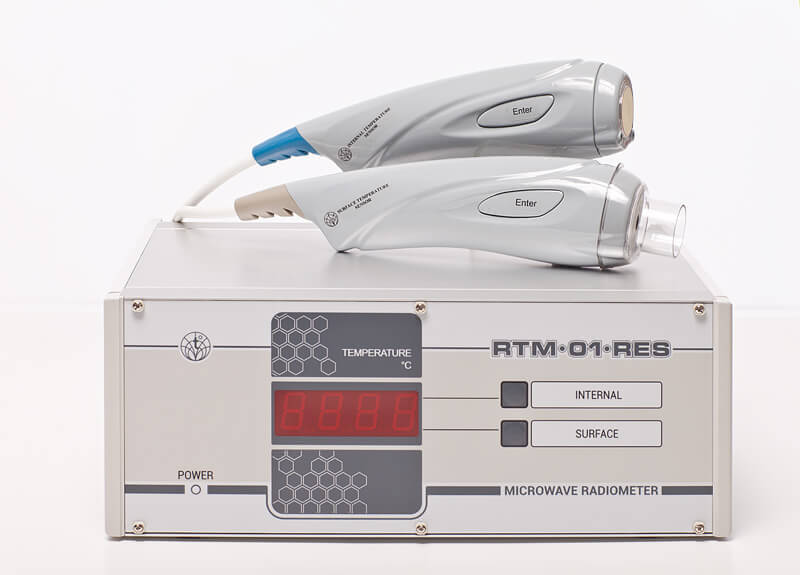
The method of new medical device, microwave radiometry, is based on measuring of the intensity of natural electromagnetic radiation from patient's tissue at IR and microwave frequencies. This intensity is proportional to the temperature of tissue. The changes in temperature (thermal abnormality), that are the basis of early detection of the cell proliferation (doubling time) in different organs, which is typical for cancer, are caused by increased cancer cell metabolism. It should be noted that thermal changes precede the anatomical changes that can be detected by traditional methods such as ultrasound, rtg-mammography, CT, MRI and palpation. Thus, microwave radiometry is a very promising method for the breast and other organ cancer detection at the preclinical stage.
Basis of Microwave Radiometry
Microwave Radiometry is based on measuring the intensity of natural electromagnetic radiation from a patient's tissue at IR and microwave frequencies.
This intensity is proportional to the temperature of tissue. So we can say that microwave radiometry allows to measure the internal temperature and display it on the monitor..jpg)
Difference between Microwave Radiometry and Infrared Thermography
The main difference between widely used infrared thermography and microwave radiometry is that the former allows first to read and display the skin temperature, secondly it indicates the internal temperature of tissue.
Advantages of Microwave Radiometry
1. Non-hazardous
Measurement by microwave radiometry is harmless both to the patients and to the medical staff. During the examination the intensity of natural electromagnetic radiation from the patient's tissue is measured.
2. Non-invasive
The temperature is measured non-invasively. The sensor is softly touching the surface of the measured organ (e.g. breast) of the patient

3. Earlier detection of diseases
Thermal changes precede anatomical changes that can be detected by traditional methods such as ultrasound, mammography and palpation. Therefore is microwave radiometry a very promising method for the breast cancer detection at an earlier stage of the progress of cancer. Clinical trials showed that in some cases (cancer with short doubling time DT) can be observed approximately 2-5 years before entering the clinical stage of progress.
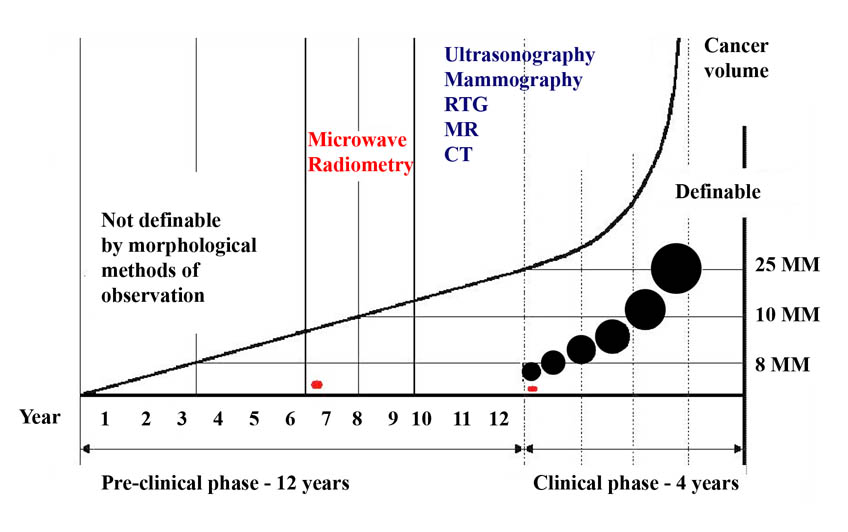
4. Detection of fast growing tumors
The specific heat generation in the tumor is proportional to the grow rate of the tumor. Therefore the fast growing tumors are "hotter" and they are more contrasting in thermograms. Microwave radiometry is an unique method that allows to detect first of all fast growing tumors. Using microwave radiometry (RTM-Diagnosis) in conjunction with other traditional methods allows selecting patients with fast growing tumors.
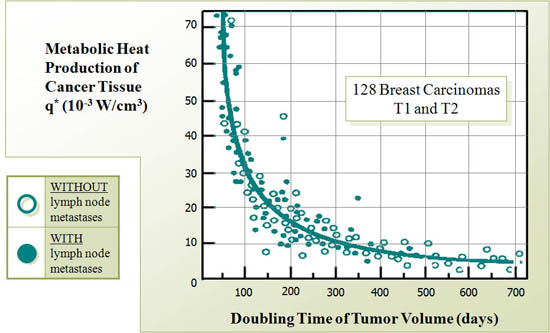
5. Ability to detect patients with increased proliferative activity of cells
The important feature of the microwave radiometry is that it can distinguish proliferative mastopathy and fibroadenoma from non-proliferative mastopathy and fibroadenoma. So the method allows to select patients with risk of breast cancer occurrence.
6. Ability to monitor treatment
Microwave Radiometry can be effectively used for the monitoring of the treatment, especially for the patients with cancer or inflammations of different organs.![]()
